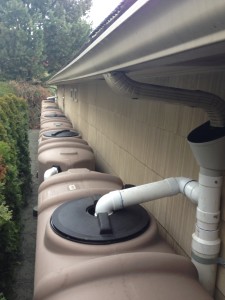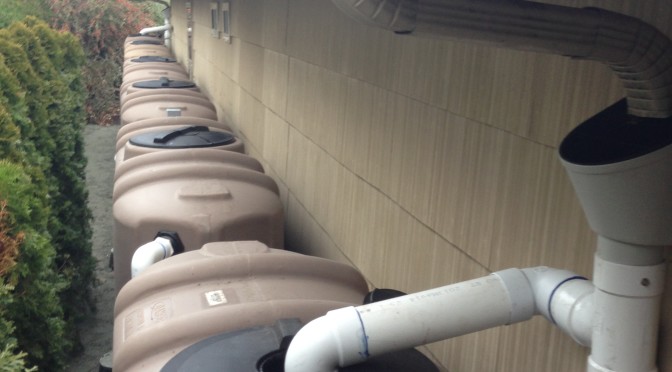 Here is a series of articles previously published by RainBank, on how to build a rainwater collection system.
Here is a series of articles previously published by RainBank, on how to build a rainwater collection system.
The first post in the series focused on how all rainwater collection systems begin at the roof and gutters. Regardless of purpose, i.e. irrigation, supplementation or drinking, debris must be removed before storing rainwater.
The second, third, fourth and fifth posts in the series talked about tank types, tank sizes, how to keep water clean and kinds of filters to consider for your system.
In post six of the how-to build a rainwater collection system series, we cover managing aesthetics so your system fits into your landscaping design.
If you’re interested in learning about how to install a rainwater collection system, take a look back at these helpful articles.
If you want to continue to read about rainwater collection and harvesting, remember to click the box below, to receive an email when a new post is launched on this blog. Thanks for reading!


I think it would be nice to have a water collection tank like the ones in the picture. You could really make a difference in your water bill. I would like to also try this out and see if it actually works. If it does, I could save a lot of water and money for my plants.